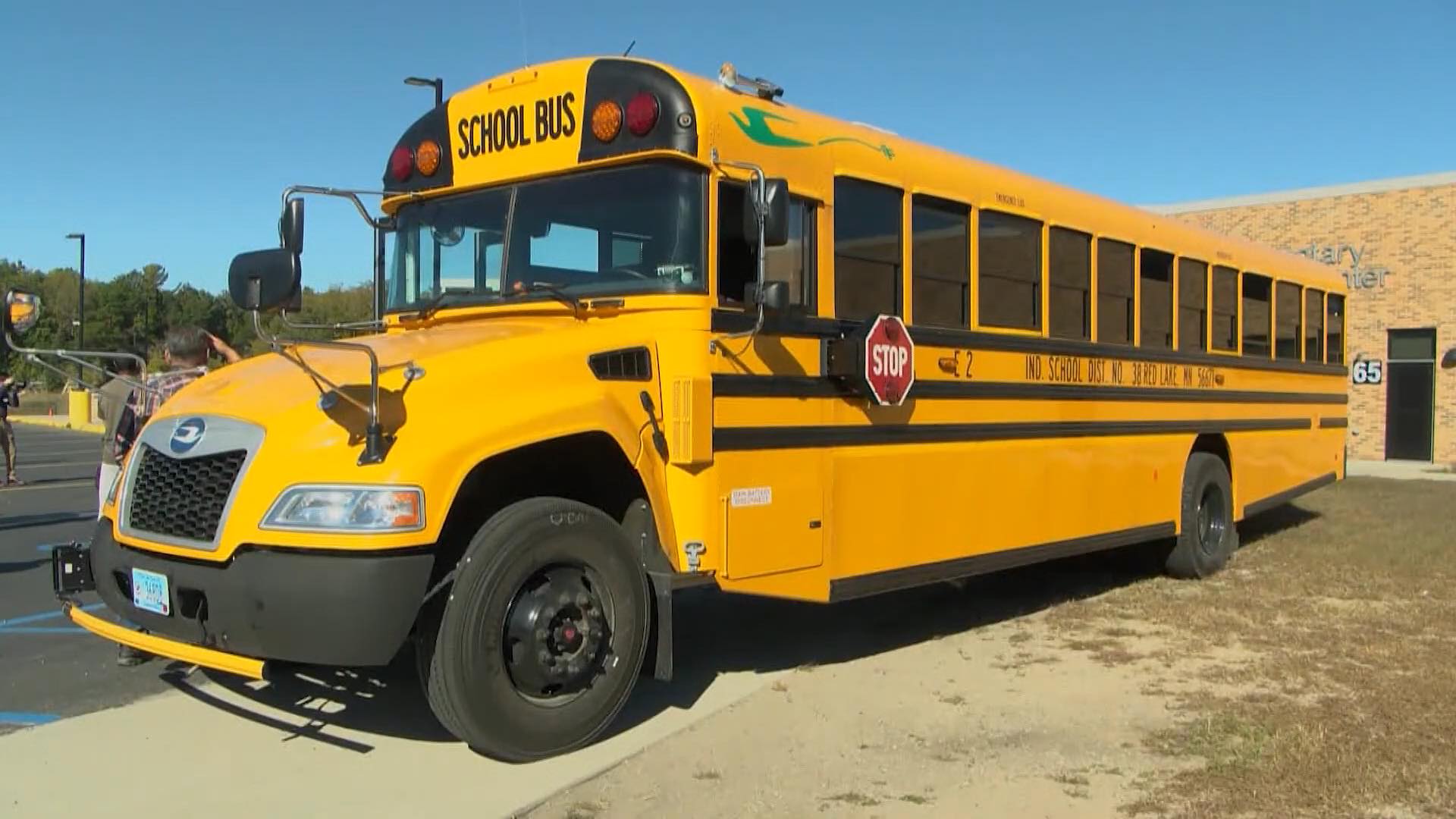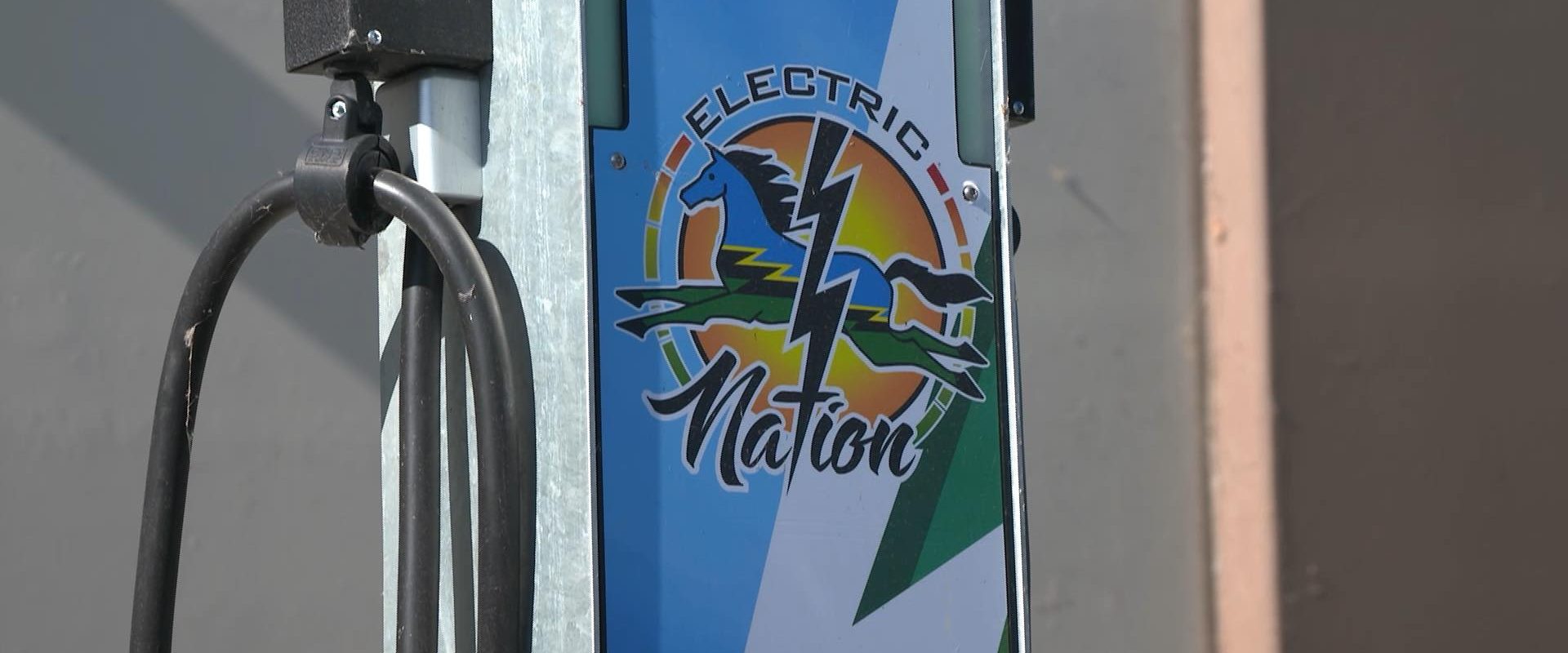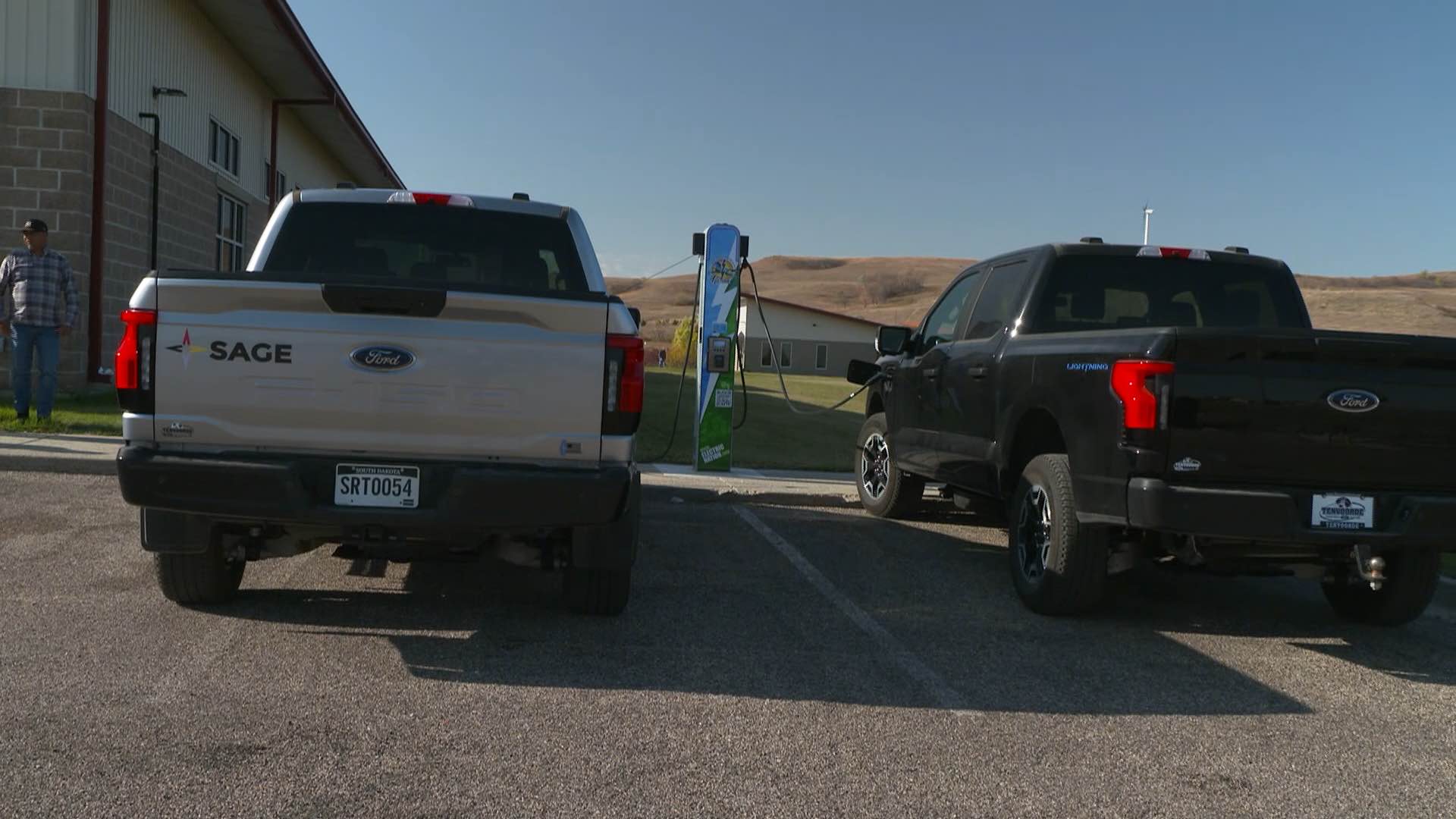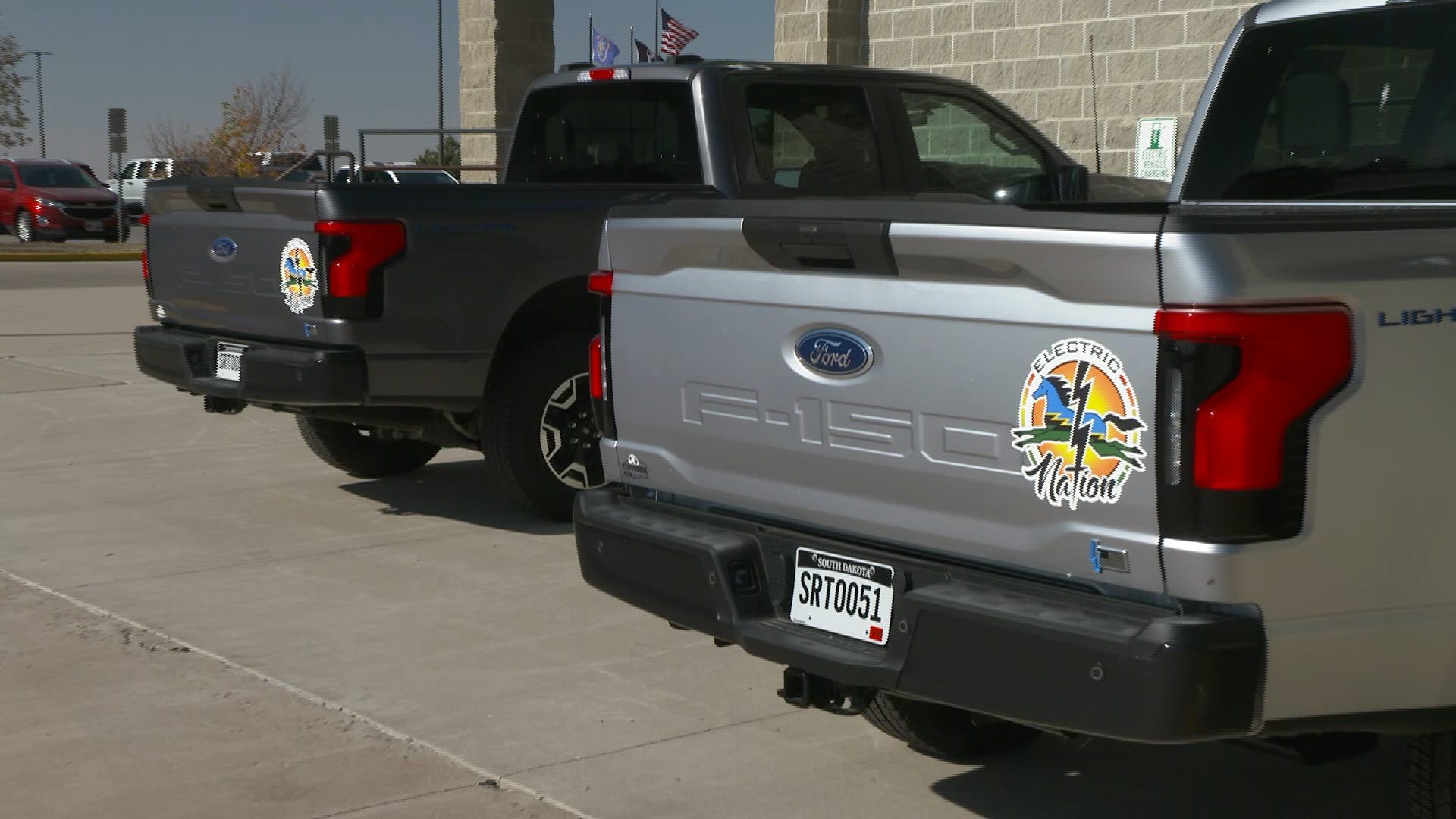Green Reservation
We hear the phrase “we’re all in this together” a lot these days. And that certainly applies to preserving our precious natural resources. This week, we see how those with the longest ties to our natural history are taking bold steps to ensure a clean future.
The Cherokee nation is located in a 9,000 square mile area of northeastern Oklahoma. Unlike other reservations, Cherokee tribal land is checkerboarded in and around state jurisdictions, and Cherokee citizens are very much a part of the local communities. So maintaining their own civic infrastructure and preserving Cherokee culture while keeping pace with modern society is a vital task.
 Chuck Hoskin, Jr.: "Well, our belief, and it’s one that’s held our people together for generations, is that we look seven generations into the future. We look at what our actions today are doing for generations from now. And I think in the world we live in today, it’s important to reduce our carbon footprint, to look for avenues to explore green energy, and I’m standing next to our solar canopy, which is one of our key initiatives to meet that objective, reduce that carbon footprint -- think ahead to future generations, make sure that this reservation that we’re on right now, is going to be clean and pristine. Hopefully cleaner as we go by, thanks to these kinds of initiatives for generations into the future."
Chuck Hoskin, Jr.: "Well, our belief, and it’s one that’s held our people together for generations, is that we look seven generations into the future. We look at what our actions today are doing for generations from now. And I think in the world we live in today, it’s important to reduce our carbon footprint, to look for avenues to explore green energy, and I’m standing next to our solar canopy, which is one of our key initiatives to meet that objective, reduce that carbon footprint -- think ahead to future generations, make sure that this reservation that we’re on right now, is going to be clean and pristine. Hopefully cleaner as we go by, thanks to these kinds of initiatives for generations into the future."
The Indian Nations Council of Governments is also home to the Tulsa Area Clean Cities Coalition, easing the way for the Cherokee Nation and other tribal partners to team up through clean cities on a number of clean vehicle projects.
This solar canopy, completed in 2017, currently houses eight, free, public level 2 electric car charging outlets at the Cherokee Nation's main administrative complex.
It generates up to 58,000 kilowatt-hours per year and augments grid power supplied to the buildings when not used for charging vehicles.
When it was installed, there were actually very few electric vehicles registered in the area, but in a classic case of “build it and they will come,” the local EV population, and demand for charging, has grown rapidly.
 Chad Hasha: "Since we’ve installed this canopy, we’ve seen both the number of electric vehicles utilizing it increase. Actually we have to increase the number of stalls available. And we have also since that time purchased a number of electric vehicles to supplement our tribal fleet operations."
Chad Hasha: "Since we’ve installed this canopy, we’ve seen both the number of electric vehicles utilizing it increase. Actually we have to increase the number of stalls available. And we have also since that time purchased a number of electric vehicles to supplement our tribal fleet operations."
Once complete, the solar site’s electric vehicle charging capacity will be doubled to 16.
The Cherokee Nation’s EV Initiative also includes four DC fast chargers and additional level twos, installed or planned for tribal lands throughout the area, as well as a significant investment in public transportation.
Chuck Hoskin, Jr.: "We have an electric school bus here in the Cherokee nation, I think it’s the first in the region, and we have some electric transit buses, which we think are the first for a rural-based transit system in the United States."
With just 2000 fluent speakers remaining, attrition of tribal elders through natural causes and from the COVID pandemic losing many tribal elders to COVID has threatened the very viability of the Cherokee language for the future.
 This electric school bus transports students in the Cherokee Nation’s groundbreaking language immersion program, where new generations of native speakers are being trained to teach others and keep this vital link to the past alive.
This electric school bus transports students in the Cherokee Nation’s groundbreaking language immersion program, where new generations of native speakers are being trained to teach others and keep this vital link to the past alive.
These newly-arrived Proterra electric transit buses carry bilingual signage throughout the interior to act as teaching tools, and as a reminder to all of the importance of not just preserving, but continuing Cherokee traditions.
Chuck Hoskin, Jr.: "If you go elsewhere in the reservation, you’ll see community organizations that are really the hub and the lifeblood of these little communities that again have existed since before the state of Oklahoma was here."
We have to connect people, from home to work and home to health centers. Doing that in an environmentally sustainable way is important, and these transit buses are a big part of that.
And there’s a little bit of a teaching moment about where does energy come from, how do we harness something like the sunlight to power this little community. So, these sorts of things, I think are sparking some interest among young people, which is of particular interest to me, because they’re the ones who are going to take on leading this nation in the future.
Electric Nation
Electric vehicle charging is now readily available in most areas of the country and along major travel routes, but many smaller communities find themselves behind the clean energy curve when it comes to EV infrastructure. Well, here’s a look at one group that’s banding together to help create an electric nation.
The upper Midwest inter-tribal EV charging community network, which the project team named Electric Nation, is an EV infrastructure project serving tribal members on 23 Native American reservations across five states. Aided by U.S. Department of Energy funding, this public-private partnership will introduce 60 level 2 chargers, along with 19 light- and medium-duty plug-in electric vehicles, directly into these communities, empowering them to expand their fuel diversity and reduce greenhouse gas emissions.
ROBERT BLAKE: It always seems that these communities are always last to receive this type of investment. How do rural communities participate in this energy transition? Well, this is a perfect opportunity for rural communities to be a part of that transition.
JOHN DAVIS: Electric Nation chose their plug-in vehicles carefully, closely matching each one’s range and capabilities to their intended use. Sitting Bull College, in the Standing Rock nation of North Dakota, uses this Ford E-Transit to shuttle students between campus and local destinations. Traveling about 140 miles daily closely matches the van’s range, and allows it to recharge fully overnight.
Two new electric school buses will clear the air for Red Lake, Minnesota students, who often spend hours aboard for their daily school commutes. This family and child services office in Red Lake nation is now using electric vehicles to transport individuals around the region for appointments, and deliver meals to elder residents. Boosting economic development for these traditionally disadvantaged areas is equally important.
Vehicles and chargers deployed at key businesses like the Red Lake fishery, trading post and even a buffalo farm, will enable them to stay competitive by reducing fuel costs and to work clean at the same time. Miles and miles of gravel farm roads are the norm around these parts, so the F-150 Lightning will be especially useful here.
The Electric Nation project is building on the idea of the National Alternative Fuel Corridors, where designated highways, now covering parts of all 50 states, are populated with EV chargers, and clean fuel stations for natural gas, propane and hydrogen.

Linking the tribal lands across this vast midwestern landscape will be 55 DC fast chargers on popular travel corridors and along tourist routes like the Native American Scenic Byway in South Dakota, and at several tribal casinos.
ROBERT BLAKE: A lot of tribal nations, through our cultural teachings, have a connection to the planet and to the environment, and so being able to reduce our need for fossil fuels is something that speaks to our cultural heritage.
JOHN DAVIS: The Electric Nation project is analyzing how these electric vehicles perform, especially in extreme cold weather, and includes EV education, outreach and engagement so that the successes here can be replicated in other parts of the country.
It seems only fitting that those with the longest ties to our natural history are taking the biggest strides towards a clean future.








